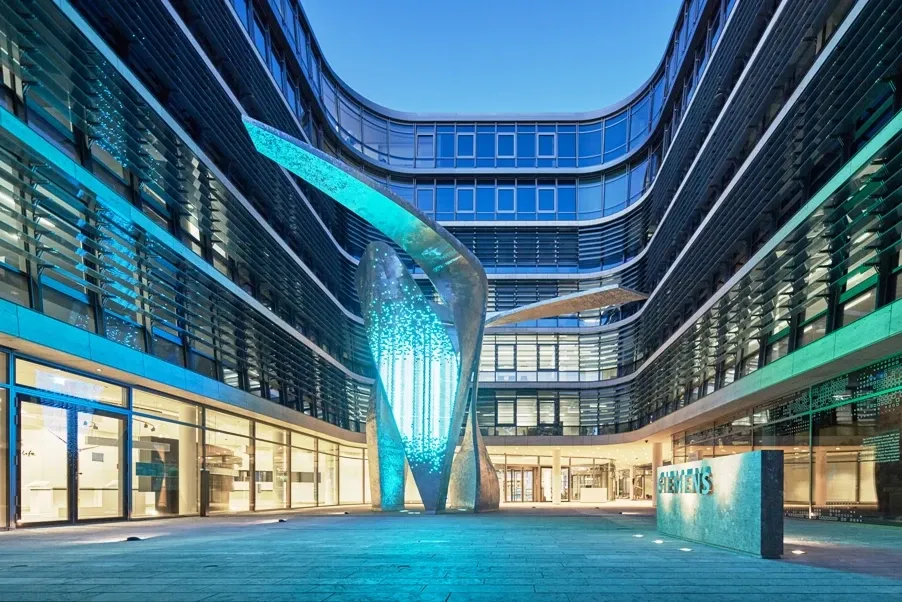SES to Acquire Rival Intelsat in a $3 Billion Deal
SES reached an agreement to acquire Intelsat for $3.1 billion.

Siemens has opened the first building complex of its Technology Center (STC) at Garching Research Campus, north of Munich, Germany. Other institutions next to the Technical University of Munich (TUM), such as the Max Planck Institute and SAP, are located there, with around 28,000 people working at this hub. As a result, the Garching Research Campus is one of the largest centers for science, research, and teaching in all of Europe.
“No one can solve the current challenges alone. We must accelerate collaboration with our customers and partners in the early stages of development. The Siemens Technology Center, located on the same campus with TUM, international research institutions, and companies, benefits from an excellent environment and will strengthen Germany’s global role in cutting-edge research,” said Peter Körte, Chief Technology and Chief Strategy Officer of Siemens.
Through the joint activities with TUM, such as hackathons, lectures, and the Makerspace, the STC will be much more open. Siemens experts conduct joint research with universities, research institutes, academic start-ups, tech incubators, and customers throughout the world in a total of 16 Research and Innovation Ecosystems. In these ecosystems, including the STC in Garching, Siemens is showing how the challenges of our time can be met by joining forces and speeding up the pace of innovation.
The company will bundle all its corporate research activities in Germany at the STC. In the first phase, around 450 Siemens people will work on future technologies in collaboration with 150 scientists from the Technical University of Munich. The plan is to open the second building complex in 2027 with more than 630 Siemens Technology researchers and IP specialists. The STC will then be the largest of the total of about twelve central Siemens research hubs worldwide with an investment of more than €100 million in total.
The newly opened building was designed and built by Siemens Real Estate and will be certified “GOLD” according to the internationally recognized sustainability standard LEED (Leadership in Energy and Environmental Design). As a result, the building will make an important contribution to Siemens’ goal of becoming climate-neutral in its operations by 2030.